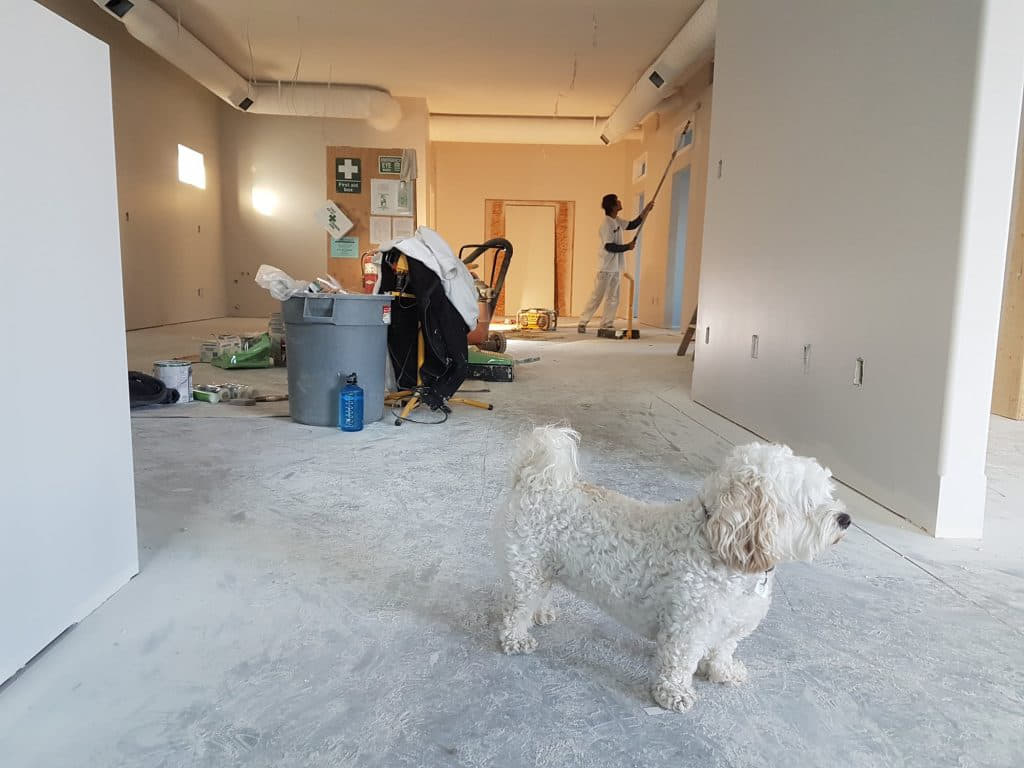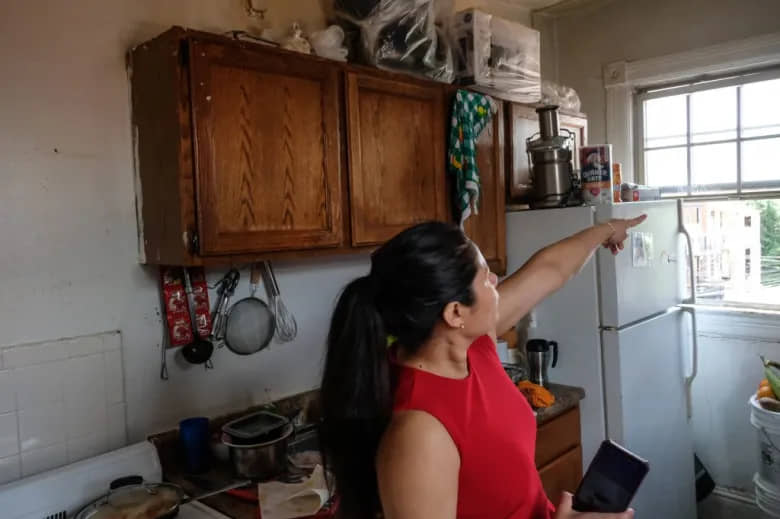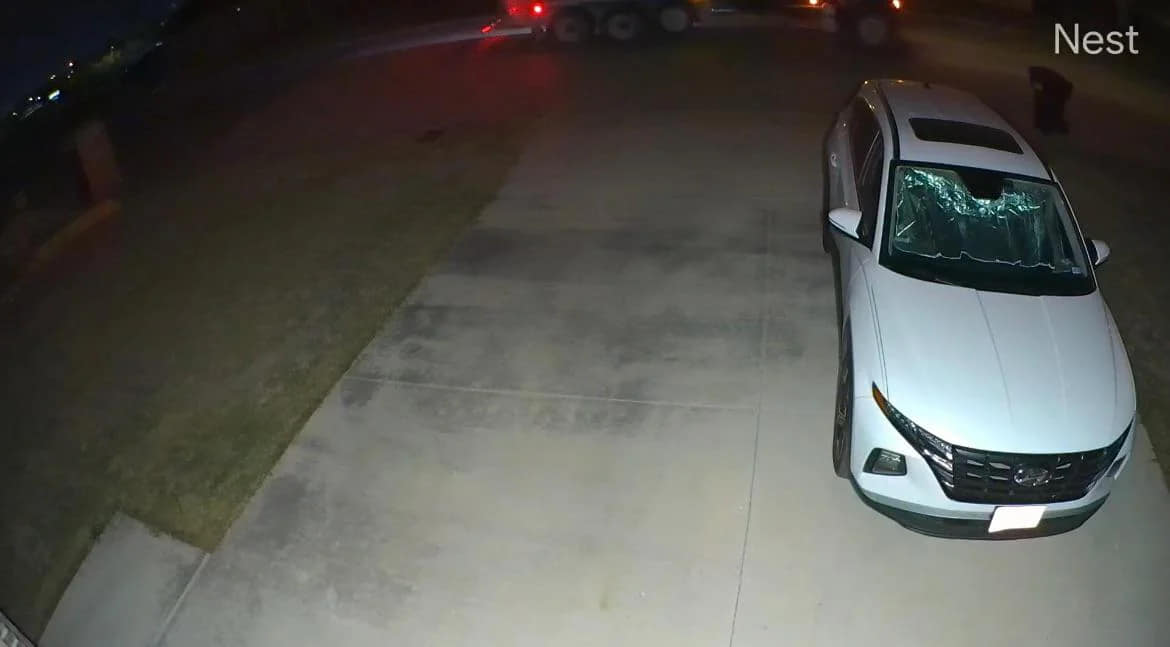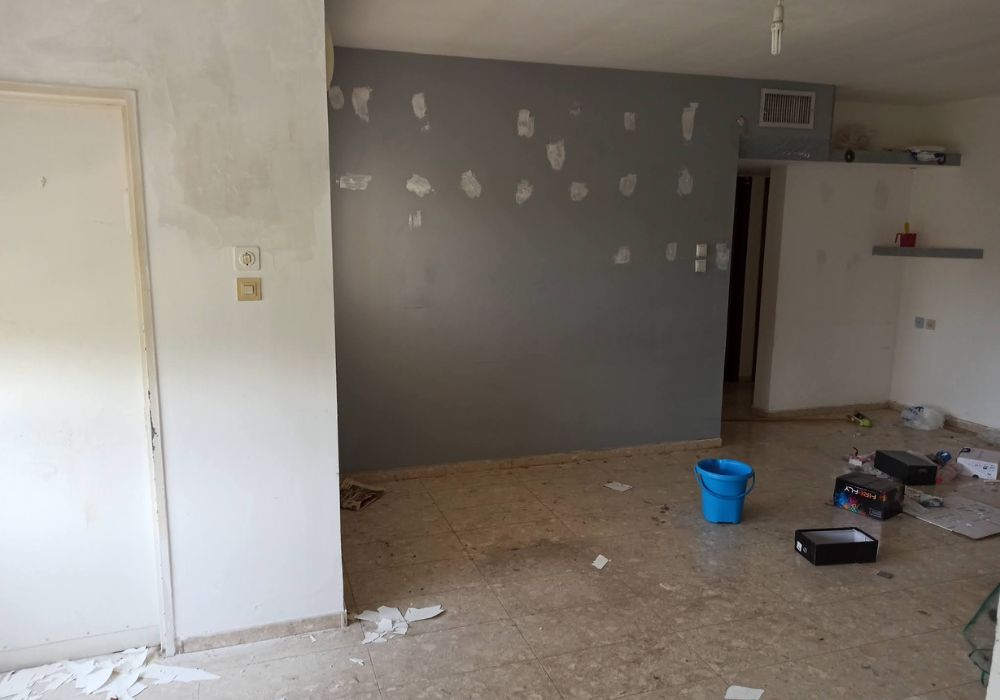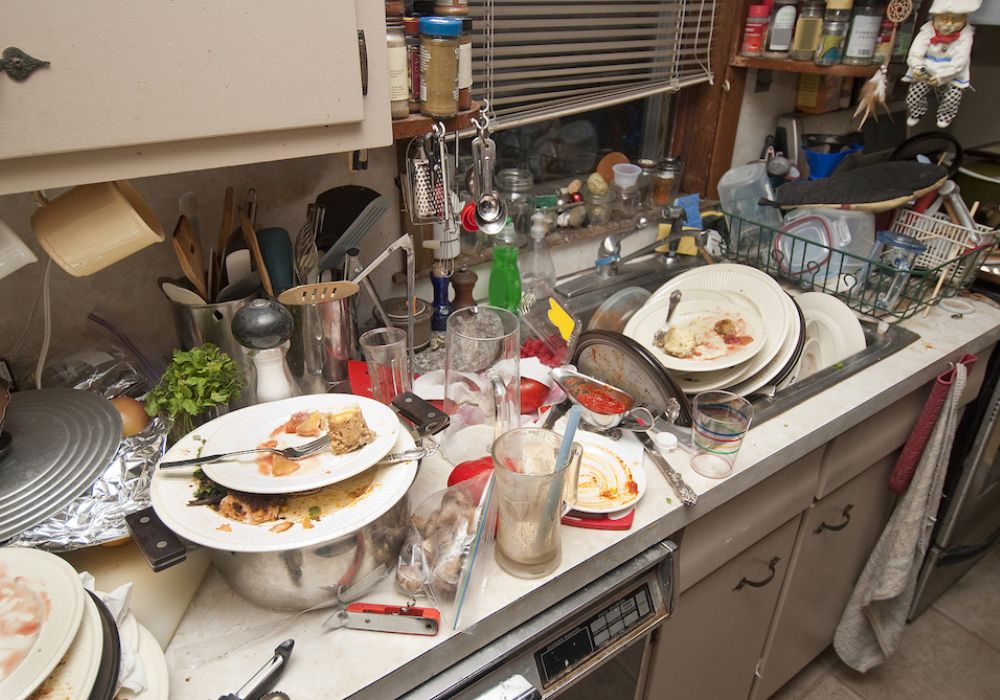Radon is a radioactive gas that occurs naturally and can accumulate in buildings, including apartment complexes. As a tenant, you may be wondering why your landlord has decided to test the building for radon.
There are several important reasons why landlords proactively test rental properties for elevated radon levels.
What is radon testing?
Radon testing involves using small devices known as test kits that contain charcoal to capture and measure radon levels over a set period of time, usually 3 days to 90 days. The test kits are placed in the lowest livable floor of each apartment unit. After the monitoring period, the kits are sent to a lab for analysis.
The results will indicate the average radon concentration in picocuries per liter (pCi/L). If levels are found to be 4 pCi/L or higher, the EPA recommends taking action to reduce radon levels.
Why is my landlord testing now?
Many landlords take a proactive approach to radon testing by conducting tests on all units before elevated levels become a problem. By testing upfront, any issues can be addressed promptly before posing health risks to tenants.
This also prevents potential legal and financial risks down the line if high radon was only discovered after a tenant complained. Landlords that test proactively are ensuring a safe living environment and compliance with environmental regulations.
Related: Can I Sue My Landlord For Radon Exposure?
Will I be notified of the results?

In accordance with state landlord-tenant laws, tenants have a right to be made aware of any environmental hazards discovered on the rental property, including radon.
Tenants should expect to receive written notification from their landlord or property manager providing the radon test results for their individual unit. This allows tenants to make an informed decision about their living situation if elevated levels are found.
What happens if radon is detected?
If radon levels exceed the EPA action limit, the landlord is responsible for taking corrective action to reduce radon levels below that threshold. Common radon mitigation techniques include installing a vent pipe system and fan to draw radon from beneath the foundation and vent it directly to the outside.
Landlords are required to retest after installing a mitigation system to ensure it is working properly and radon has been sufficiently removed from the indoor air.
Will this affect my rent or lease?
In most cases, radon testing and mitigation work by the landlord would not constitute grounds for the tenant to break their lease or demand a rent reduction. However, if extremely high radon caused a health emergency or the unit was deemed temporarily uninhabitable during mitigation work, tenants may be compensated with temporary relocation assistance.
Overall, responsible landlords address radon problems promptly and keep tenants updated without disrupting leases or rental amounts.
How often will testing occur?
The EPA and standards set by many state and local governments recommend testing all residential properties once every 2 years. This includes testing when a property changes ownership as well as routine testing by landlords. More frequent testing may be required for certain high-risk property types like schools.
Annual testing is also advised when radon mitigation systems are in place to ensure proper functioning. Regular radon testing helps keep indoor air quality issues from becoming a long-term health risk.
Conclusion
As a tenant, radon testing provides valuable information about indoor air quality that can impact health over time. Landlords are legally obligated to address any problems discovered through testing.
While radon mitigation involves some short-term disruptions, responsible property managers aim to reduce liability and provide tenants a safe place to live over the long run.

